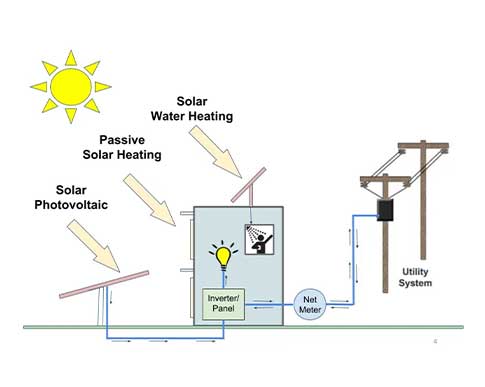
About The Company
netZero Village is an exciting, ground-breaking, state-of-the-art, eco-friendly, “net-zero” luxury apartment community located at 994 Burdeck Street in Rotterdam NY.
Taking “net-zero” living to the next level

Unlike most apartment complexes that bring in big, faceless, fee-based management companies to manage their properties, netZero Village is owner-managed by Bruns Realty Group, LLC. As owners, we are uniquely familiar with our properties and we have a vested interest to provide the best level of service possible. Concerns and issues are addressed quickly because we are the owners; no need to ask “permission” to get things done.
Bruns Realty Group is a small company with the big mission of providing the best customer experience possible. We are interested in building a relationship with our customers and to show our customers that they are much more than a rent check or an apartment number. Our loyalty is to our customers, and we’ll do all we can to make sure they have an outstanding experience with us.
We are always looking to leverage technology to improve the customer experience and decrease our impact on the environment. One recent convenience that we have put in place is our Resident Portal. The Resident Portal allows residents to pay rent, track your rental account and make maintenance requests when and where you want, 24/7, from your computer or smart phone.
Bruns Realty Group was founded with the intent to become the best-in-class property management company. Unlike a typical management company who might rotate staff, you will see the same familiar, trusted, friendly faces on our properties, day-in, day-out.
Thank you for considering us for your next apartment home!
Locally Owned and Managed
Why?
Energy, Homes and the Planet
Operation of homes and buildings is a very significant part of our overall carbon footprint on the planet. It is estimated that almost 50% of all energy consumption of the US is consumed by buildings.* According to most scientists, carbon dioxide (CO2) emissions are the main human contributors to climate change – one of the defining issues of our time.
Buildings generate carbon dioxide in a number of ways. This includes the burning of fossil fuel for space heating, for creating hot water and to make electricity needed to keep the lights lit and to run appliances in our homes. The burning of these fuels isn’t the only impact on the environment. Oil and natural gas drilling (in some areas fracking), coal mining and the transportation of energy to the point of use can have
significant environmental impacts as well. In addition to the environmental impacts of fossil fuels, there are security concerns with imported fuels.
Continuing regional conflicts in the areas that these fuels are extracted lead to volatile pricing and economic insecurity. Reducing dependence on imported energy is a sure way to increase our energy and economic security over the long-term. Just imagine the positive impact if housing could be built that was so efficient, that all of its energy needs could be met by the renewable power of the sun. netZero Village makes that possible as well as helping to preserve the environment for future generations.
* According to the US Energy Information Administration
What
does “net zero” mean?
A “net zero” community is one that, on an annual basis, produces as much or more energy than it consumes. In the case of netZero Village all of this energy is produced from the free power of the sun. Net zero is a balance of very high efficient loads of the building (i.e., efficient building design, HVAC and appliances) combined with on-site renewable production.

How
is “net zero” achieved?
The “net zero” goal is achieved through highly engineered buildings using the latest in proven, energy-efficiency technologies combined with harvesting the free and renewable power of the sun.
Energy from the sun is harnessed in three ways:
- By photovoltaic solar panels that convert the sun’s energy directly into electricity,
- By solar thermal panels that use the sun’s energy to heat water for the domestic hot water system and
- By the passive solar design of the buildings where the suns rays heat the interior of the apartments during the winter months.

